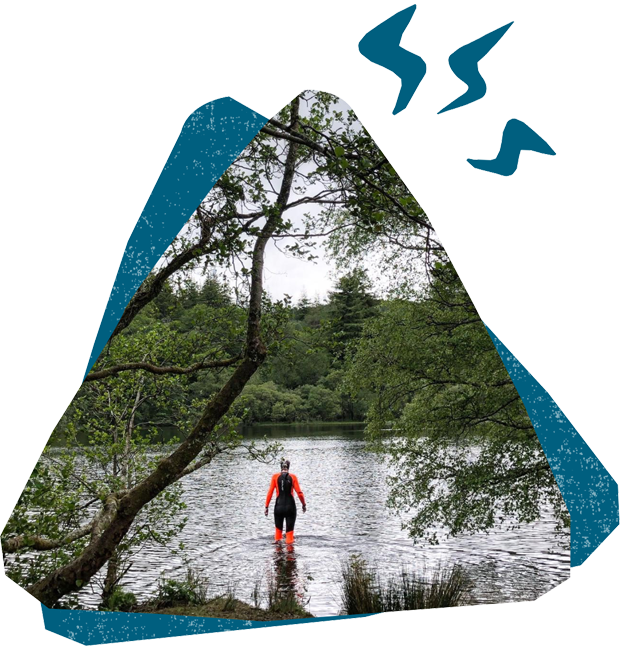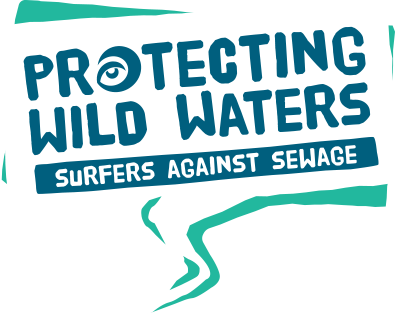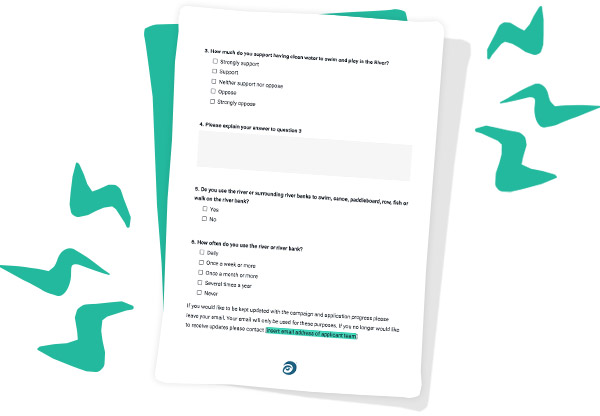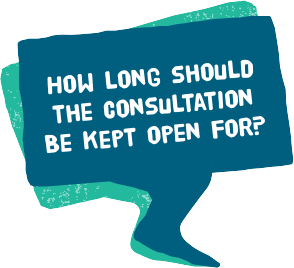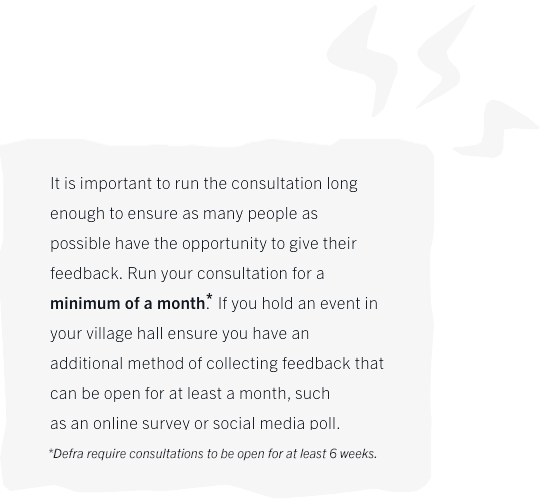Step 7
Undertaking a local consultation
What is a consultation?
A consultation is a way to exchange or communicate information and receive opinions which will feedback into making a decision. In the case of your bathing water application you need to communicate the application plans with your community to allow them to feedback on what they think.
Ensuring that your community have all the information they need in the consultation process will allow them to respond with an informed decision on whether they are in support.
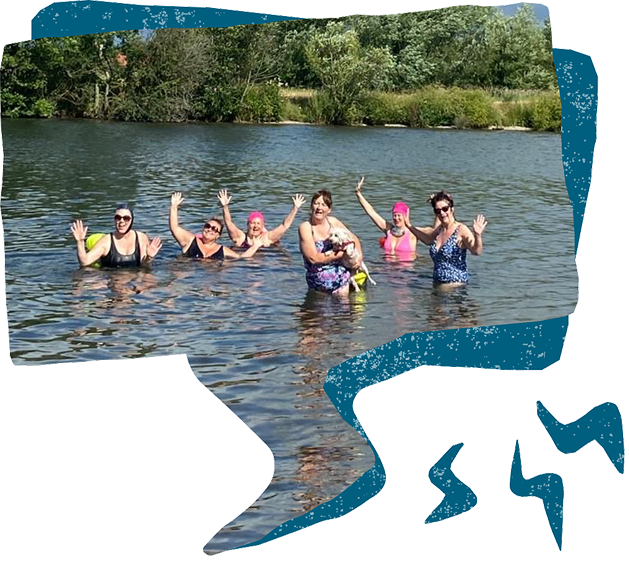
How to collect consultation responses
You will need a written record of the consultation responses. Think of the easiest method for your community to feedback but also ensure it is an efficient method for you, as you will need to collate this information as evidence in your application. We would suggest creating a survey, questionnaire or petition that can be accessed online and also replicated by creating paper copies for those who do not have access to the internet or IT. We have created some example questionnaire questions. Google Forms is a free tool that you can use to create a survey and collect responses by sharing a link.
When asking people to complete the survey/questionnaire/petition include a question to ask for the consultees email address and if they give permission for you to include them in the newsletter mailing list.
Methods of consultation
Tailor your consultation with the local needs of your community. You know your community and what methods will work best. Your consultation methods should be inclusive to ensure that all of your community are able to input and engage. Ideas of consultation include:
Local meeting with your town or parish council
(include the formal minutes of the meeting as evidence)
Contact your local town or parish councillor to explain that you are applying for bathing water status and that you would like to meet with them to gain their support. The councillor briefing note can be used to help give some background. This agenda will help in structuring your conversation when you meet. A presentation may help in communicating what you would like to discuss if you aren’t used to talking in front of people. A meeting with your town or parish council can be useful if you are finding it difficult to contact the specific department at the local authority. Your parish or town council may have connections.
Face to face event in the community
You could you use your village hall, community centre, leisure centre to host a drop-in event to present the water quality issues and why you are making an application. Set up a display of information, including a map of the proposed bathing site, background on who uses the waterway, any water quality information and explain the benefits of your river/lake becoming designated in a list. Be prepared for you and your volunteer team to answer questions from members of the public. There may be some difficult questions! Ask attendees to complete the survey either on their mobile phone using a QR code to direct them online – have a laptop available at the event to access the survey. Also supply paper copies of the survey for people to complete.
Share the survey/questionnaire/petition with all supporters that you have contacted from the start of your campaign period. Mailchimp is a free tool that you can use to email lots of people.
Social media
Post information on Twitter, Facebook and Instagram about the bathing water application and include a link to your survey.
Drop in session at the bathing site
At the same time as you are surveying water users you could set up a table at the site with some information, similar to the face to face event, and ask people who are visiting the waterway to complete the survey. Remember to have paper copies available too for those people who don’t have a mobile phone or computer.
Host a stand at a local event
Is there a village market, fete, community event taking place? Contact the organisers and ask if you can attend. Bring similar display information as outlined in the face to face event, along with paper copies of the survey and a link or QR code to direct people to the online survey.
Information posters
Put posters up at the bathing site and other locations in your community outlining your plans and why it’s important for the community to support. Make sure you include a link to the survey. A QR code could be used provide a link. You may need to get permission to display posters.
Advertise locally
Promote consultation events and/or survey in the local press or community newsletters
Hold a forum
Hold a forum/discussion for water users to come together to share their experiences of using your waterway. This could be held at your bathing site.
Who should you consult with?
Engage with as many different groups and individuals in your community. Your consultation should be inclusive. Remember to work with community groups that aren’t just water users. There is amazing potential to engage with people who may never have thought about using their river or lake to swim or to visit. Consult with groups and individuals using various methods to ensure as many people as people have the opportunity to find out about your application and to make it as easy as possible to complete the questionnaire or survey.
Some tips on engaging inclusively with your community:
- Find out who your community are. Who lives in your community?
- When you know who your community are think about any barriers that might prevent people from engaging with a consultation. Whether it be a face to face event, online survey or information posters? For example, language differences, no access to IT/internet, mobility.
- Hold any consultation events during the day and evening so people who work or have caring responsibilities have the opportunity to attend.
Here are some examples of who in your community you should contact to respond to your consultation:
- Bathers and other water users
- Sports clubs eg rowers, sailing clubs
- Anglers
- Owners of local facilities close to the waterway
- Businesses
- Residents
- Farmers
- Conservation and environmental groups
- Neighbourhood and community representatives
- Volunteer groups
- Disability groups, charities and trusts
- Parish and town councils
- Day centres
- Hobby Groups
- Youth groups eg scouts, guides
- Religious groups, churches, mosques and other places of worship
- Local tourist office
- Local regeneration office
- Local authority community network directories
- Your local Rivers Trust and catchment partnership
- The local waterway navigation authority eg Canal and Rivers Trust
- Local Wildlife Trust
recording the information
Evidencing the consultation in your application
In your application document provide information on:
- How you consulted with your community and stakeholders.
- Provide the questions that you asked.
- A summary of the number of responses of those both for and against the application.
- The period of time that you consulted.
- The reasons given from those consultees both for and against the application.
Tip: Use tables, graphs and any other visual methods that make it easy to see the outcomes of the consultation when putting the application together. Use Excel to record the number of people you consulted with.
